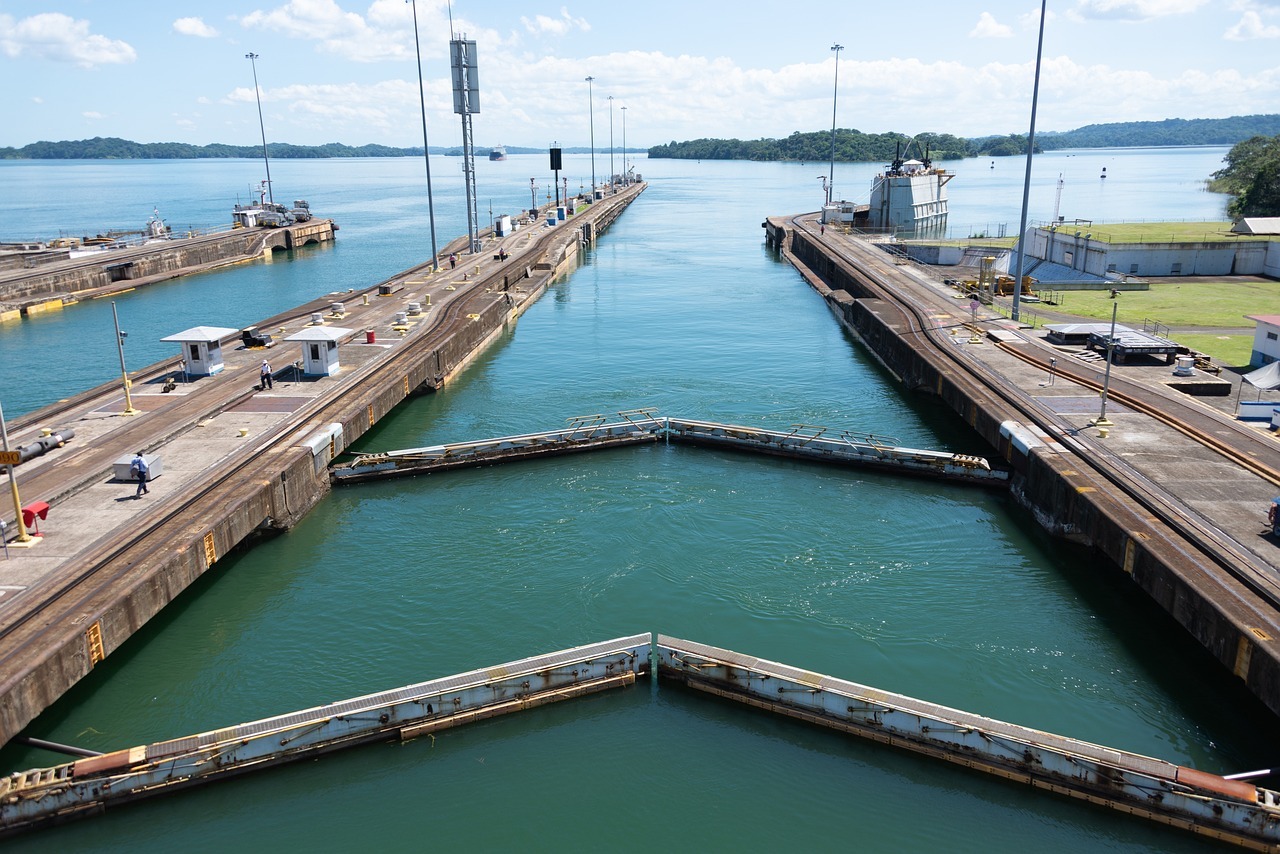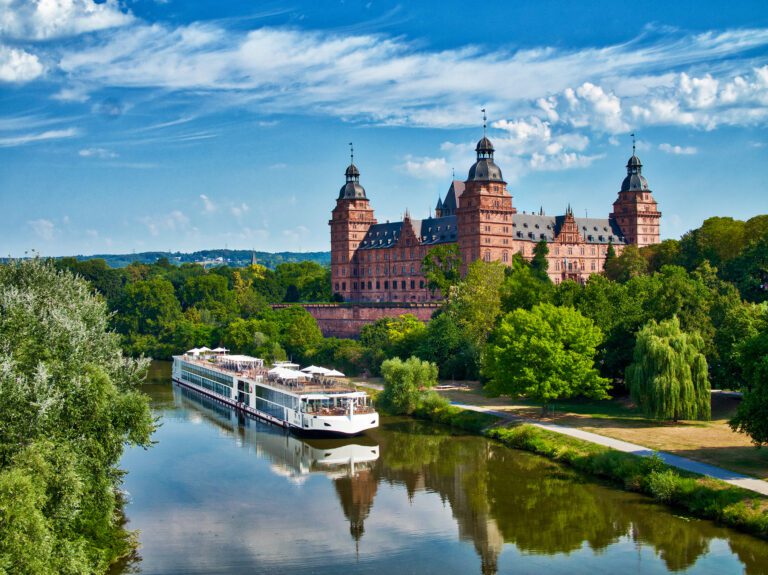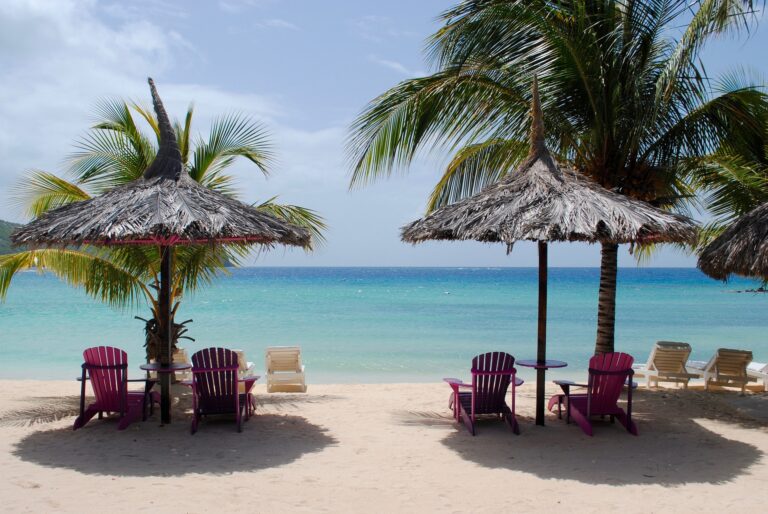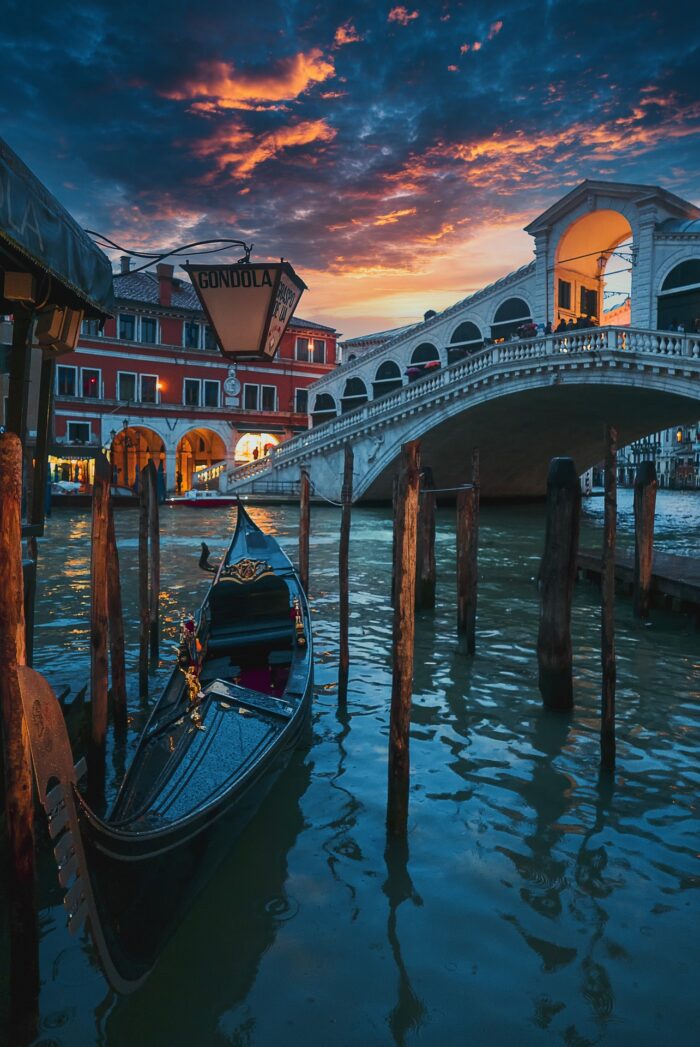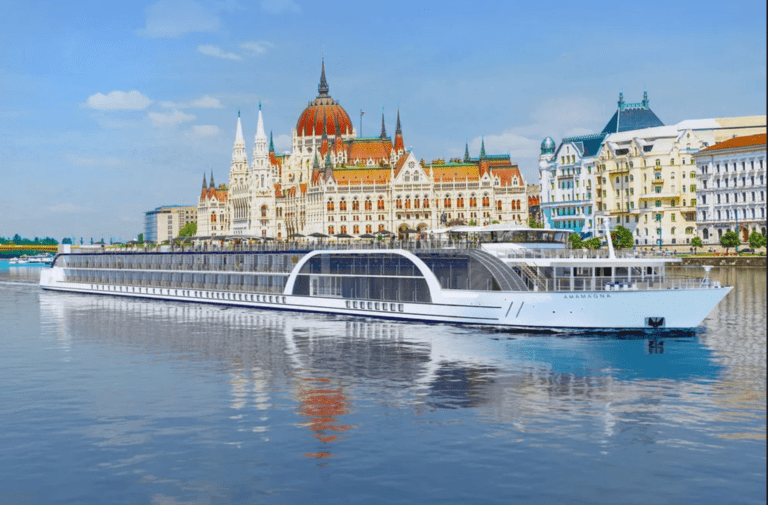Panama Canal
Navigating the Marvel of Engineering and Nature
Unveiling the heart of Central America, a voyage through the legendary Panama Canal is a remarkable journey that seamlessly blends the beauty of nature with the marvels of human engineering. This aquatic passage, connecting the Atlantic and Pacific Oceans, has been a bucket-list destination for travelers seeking an unforgettable maritime adventure. With the recent expansion that introduced new locks alongside the old ones, the experience has been elevated to a new level of awe and wonder. Join us as we delve into the captivating world of cruising through the Panama Canal and explore the differences between the old locks and the new locks.
A Brief Overview of the Panama Canal:
The Panama Canal, often hailed as one of the greatest achievements of modern engineering, has long captured the imagination of travelers and explorers alike. This 50-mile-long waterway cuts across the narrow isthmus of Panama, eliminating the need for a lengthy and perilous journey around the southern tip of South America. The canal consists of a series of locks that lift ships up to the elevation of Gatun Lake and then lower them down to the opposite ocean. This intricate system allows vessels of all sizes to navigate the otherwise impassable terrain with remarkable efficiency.
The Old Locks: A Glimpse into History:
The original locks, built in the early 20th century, stand as a testament to the ingenuity and determination of their creators. Travelers embarking on a journey through the old locks are transported back in time as they witness the precision with which ships are maneuvered through these narrow passages. The three sets of locks—Miraflores, Pedro Miguel, and Gatun—exude an aura of historical significance. As ships enter these locks, water is gradually released or filled, allowing vessels to rise or descend, mirroring the ascent and descent of a grand staircase.
The New Locks: Embracing Modern Advancements:
In 2016, the Panama Canal experienced a groundbreaking transformation with the inauguration of the new locks, commonly referred to as the “Panama Canal Expansion.” These new locks, named the “Panama Canal New Locks” or “Neo-Panamax” locks, introduced a whole new dimension to the canal’s capabilities. The centerpiece of this expansion is the set of two parallel locks at the Pacific end, the Cocoli Locks and the Agua Clara Locks at the Atlantic end.
The most significant difference between the old and new locks lies in their size. The new locks can accommodate larger vessels, often referred to as “New Panamax” ships, which are nearly three times the size of those that could navigate the old locks. This technological advancement has further solidified the canal’s position as a vital artery for global trade. Travelers who embark on a cruise through the new locks are treated to the impressive sight of massive ships gliding effortlessly through these mammoth water chambers.
Choosing Your Panama Canal Experience:
When planning your Panama Canal cruise, the choice between the old and new locks can be a matter of personal preference. If you’re a history enthusiast and wish to relive the canal’s early days, a journey through the old locks offers a nostalgic voyage back in time. On the other hand, if you’re captivated by modern engineering marvels and wish to witness the power of innovation, the new locks promise an awe-inspiring experience.
Regardless of your choice, a Panama Canal cruise promises an unforgettable adventure, filled with breathtaking vistas, captivating history, and the unique sensation of traversing the historic waterway that bridges two oceans.
Either way
A cruise through the Panama Canal is a voyage like no other—a harmonious blend of nature’s grandeur and human innovation. Whether you opt for the storied charm of the old locks or the spectacle of the new locks, the journey is bound to leave an indelible mark on your travel memories. Embark on this extraordinary adventure, and witness firsthand the convergence of history, engineering, and the sheer wonder of exploration.

